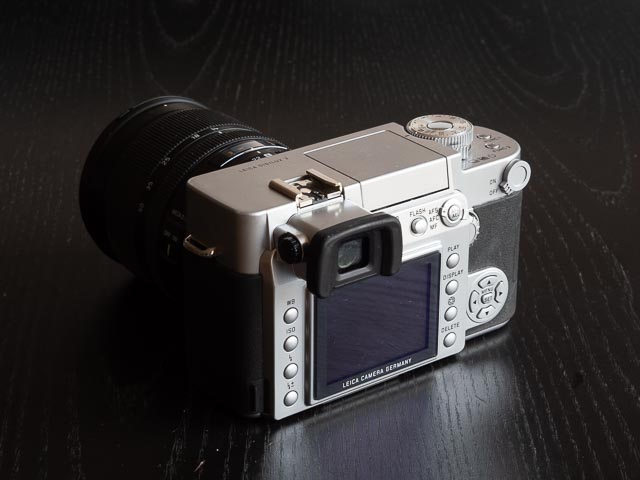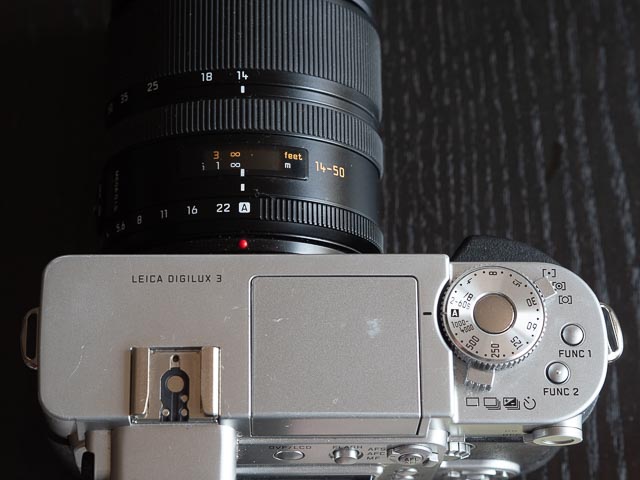Leica Digilux 3

Introduction
| Launch date | September 2006 |
|---|---|
| Camera type | Digital SLR |
| Camera size | 606 grams 146 x 87 x 77 mm (inc. battery) |
| Sensor type | LiveMOS |
| Sensor size | Four thirds (17.3 x 13.0 mm) |
| Resolution | 3136 x 2352 (7.5 megapixels) |
| Memory card | SD |
| Battery | Leica BP-DC1-E/Panasonic CGR-S602E |
| Lens | Interchangeable - Four Thirds mount |
If you just want to see some photographs, skip straight to the results section.
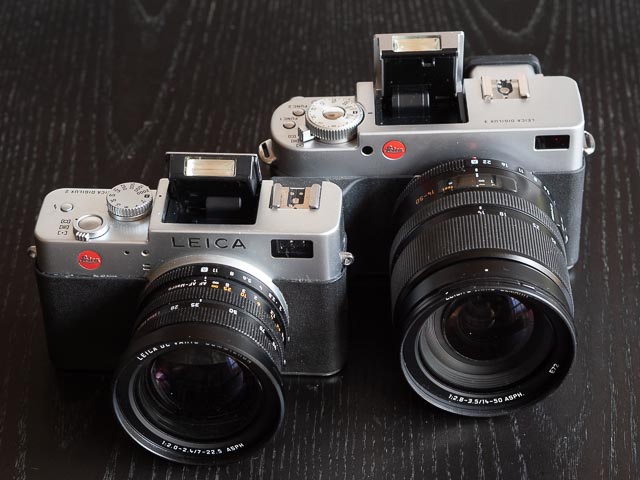 It took nearly 3 years for Leica to produce a follow-up to 2003's legendary Leica Digilux 2 camera, but in September 2006 they eventually announced the last Digilux camera of the Leica/Panasonic partnership, the Leica Digilux 3. Leica went to a lot of effort to produce a camera that was clearly a descendant of the Digilux 2. They used the same traditional style dials for shutter speed and aperture, many of the controls were in the same place, and Leica even included the same cleaver two stage pop-up mechanism for the built-in flash, with stage 1 giving a basic bounce flash facility.
It took nearly 3 years for Leica to produce a follow-up to 2003's legendary Leica Digilux 2 camera, but in September 2006 they eventually announced the last Digilux camera of the Leica/Panasonic partnership, the Leica Digilux 3. Leica went to a lot of effort to produce a camera that was clearly a descendant of the Digilux 2. They used the same traditional style dials for shutter speed and aperture, many of the controls were in the same place, and Leica even included the same cleaver two stage pop-up mechanism for the built-in flash, with stage 1 giving a basic bounce flash facility.
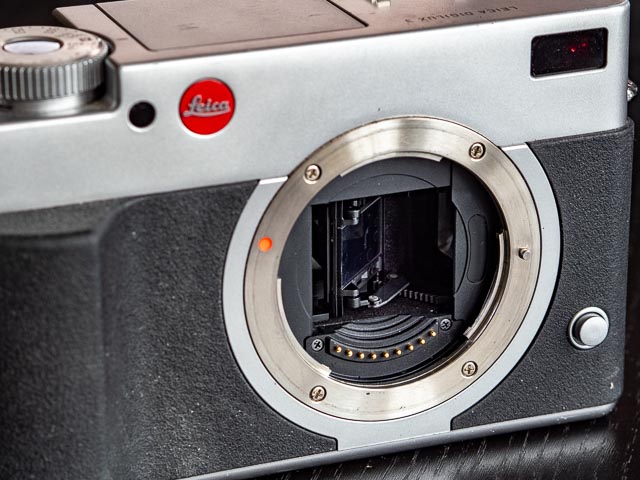 But the Digilux 3 was really a very different camera indeed. Instead of a fixed-lens EVF digicam with a small 2/3" (8.8x6.6mm) sensor, the Digilux 3 is a fully fledged DSLR with a Four Thirds (17.3x13mm) sensor. The Digilux 3 uses the Four Thirds lens mount and shares a lot of technology with the equivalent cameras produce by Leica's Four Thirds partners: Olympus and Panasonic. The Leica Digilux 3, Panasonic Lumix DMC-L1 and Olympus E-330 all share the same highly unusal porroprism SLR viewfinder that features a mirror that hinges vertically (rather than horizontally as in a conventional pentaprism SLR viewfinder) and bounces light using a series of mirrors to the optical viewfinder. This is what allows an optical SLR viewfinder without the normal pentaprism hump of the top plate. Olympus first used this sort of SLR viewfinder on the Olympus Pen F series of cameras in the 1960's and 70's.
But the Digilux 3 was really a very different camera indeed. Instead of a fixed-lens EVF digicam with a small 2/3" (8.8x6.6mm) sensor, the Digilux 3 is a fully fledged DSLR with a Four Thirds (17.3x13mm) sensor. The Digilux 3 uses the Four Thirds lens mount and shares a lot of technology with the equivalent cameras produce by Leica's Four Thirds partners: Olympus and Panasonic. The Leica Digilux 3, Panasonic Lumix DMC-L1 and Olympus E-330 all share the same highly unusal porroprism SLR viewfinder that features a mirror that hinges vertically (rather than horizontally as in a conventional pentaprism SLR viewfinder) and bounces light using a series of mirrors to the optical viewfinder. This is what allows an optical SLR viewfinder without the normal pentaprism hump of the top plate. Olympus first used this sort of SLR viewfinder on the Olympus Pen F series of cameras in the 1960's and 70's.
Once again Leica was firmly in the driving seat when it came to designing the Lumix DMC-L1 and and Digilux 3, with Panasonic mainly there to provide the digital and manufacturing expertise. The end result with its traditional style dials is quite unlike anything else produced by Panasonic outside of the Panasonic/Leica partnership (and quite unlike the Olympus E-330 which had a button and command dial interface that would be familiar to a user of any autofocus SLR produced since the mid 1980's).
A key part of Leica's contribution to the Four Thirds initiative was the lenses they produced, which have a reputation (justified in my experience!) as being the best Four Thirds lenses you can get (and that even with the stellar reputation of many of Olympus' Digital Zuiko lenses for the same system). The 'kit' lens for the Digilux 3 and the Lumix DMC-L1 was the Panasonic manufactured, but Leica designed, Leica D Vario-Elmarit 14-50mm f/2.8-3.5, and it's a very different beast from most kit lenses! This is a high-end piece of optical engineering with a very advanced specification. Leica designed just 3 other lenses for the Four Thirds systems: a slower f/3.5-5.6 version of the 14-50mm kit lens, a fast 25mm f/1.4 standard lens and a 14-150mm superzoom lens.
In common with Panasonic's later Micro Four Thirds cameras and lenses, they favoured using in-lens image stabilisation (IS) rather than building it into their camera bodies (as Olympus did). So the 3 Leica designed zoom lenses are the only Four Thirds lenses available with IS. Olympus may have favoured cameras with buit-in IS, but they still only included it in their later mid and high-end cameras. So if you happen to have an earlier, or lower-end Olympus DSLR without built-in IS, these Leica lenses are you're only option for adding this feature.
Another piece of technology that sets all three of these closely related cameras apart from earlier Olympus Four Thirds DSLRs is the Panasonic designed LiveMOS sensor. Olympus, Panasonic and Leica all claimed in their marketing materials that this type of sensor combined all the advantages of CCD sensors with the low energy characteristics of CMOS sensors. To quote Leica from the Leica Digilux 3 brochure: "The result of these innovations is a sensor with the picture quality of a CCD sensor and the low power consumption of a CMOS sensor." That low power consumption was crucial, as it allowed all these cameras to be the first ever DSLRs to offer live-view. Later we'll see if this is combined with the kind of results CCD enthusiasts expect!
+ Specification
| Camera effective pixels | 7,500,000 pixels |
|---|---|
| Image sensor | 4/3 LiveMOS sensor, total pixel number 7,940,000 pixels Primary color filter |
| Digital zoom | Max. 4x |
| Extended optical zoom | ON/OFF simple enlargement (compatible with lenses from other manufacturers) (Except for the maximum picture size for each aspect ratio) |
| Focus | 3 points, AUTO/1 fixed point, right/1 fixed point, center/1 fixed point, left |
| Shutter System | Focal-plane shutter |
| Continuous recording frequency | 3 pictures/second (High speed), 2 pictures/second (Low speed) |
| Number of recordable pictures | 6 pictures (when there are RAW files) Depends on the capacity of the card (when there are no RAW files) |
| ISO sensitivity | AUTO/100/200/400/800/1600 |
| Shutter speed | B (Bulb) (max. 8 minutes), 60 seconds to 1/4000th of a second |
| White balance | AUTO/Daylight/Cloudy/Shade/Halogen/Flash/White set 1/ White set 2/Color temperature setting |
| Metering range | EV 1 to EV 20 (When taking pictures with the Viewfinder) |
| Exposure (AE) | Program AE (P)/Aperture-priority AE (A)/Shutter-priority AE (S)/Manual exposure (M) Exposure compensation (1/3 EV Step, 2 EV to 2 EV) |
| Metering mode | Multiple/Center weighted/Spot |
| LCD monitor | 2.5 low-temperature polycrystalline TFT LCD (Approx. 207,000 pixels) (field of view ratio about 100%) |
| Viewfinder | Optical SLR Viewfinder (Mirror) (field of view ratio about 95%) (with diopter adjustment 3 to 1 diopter) |
| Flash | Built-in pop up flash Flash range: Approx. 2.5 m (8.2 feet) to 7.0 m (23.0 feet) (Supplied lens attached, Wide, When the ISO sensitivity is set to [AUTO].) AUTO, AUTO/Red-eye reduction, Forced ON, Forced ON/ Red-eye reduction, Slow sync., Slow sync./Red-eye reduction,Forced OFF |
| Flash synchronisation speed | Equal to or smaller than 1/160th of a second |
| Recording media | SD Memory Card/SDHC Memory Card/MultiMediaCard |
| Picture size | Equal to or smaller than 1/160th of a second SD Memory Card/SDHC Memory Card/MultiMediaCard When the aspect ratio setting is [4:3] 3136 2352 pixels, 2560 1920 pixels, 2048 1536 pixels When the aspect ratio setting is [3:2] 3136 2080 pixels, 2560 1712 pixels, 2048 1360 pixels When the aspect ratio setting is [16:9] 3136 1760 pixels, 1920 1080 pixels |
| Quality | Super Fine/Fine/Standard |
| Recording file format | JPEG (based on “Design rule for Camera File system”, based on “Exif 2.21” standard)/DPOF corresponding |
| Interface (Digital) | "USB 2.0" (High Speed) corresponding |
| Interface (Analog video) | NTSC/PAL Composite (Switched by menu) |
| Terminal | [USB]: 5 pin Mini USB [V OUT/REMOTE]: 2.5 mm jack [DC IN]: Dedicated DC cable |
| Dimensions | Approx. 145.8 mm (W) 86.9 mm (H) 80 mm (D) [5 3/4 (W) 3 7/16 (H) 3 3/16 (D)] (Monitor folded in) |
| Mass | Approx. 530 g/18.7 oz (camera body) Approx. 1098 g/38.7 oz (with supplied lens, card and battery) |
| Operating temperature | 0 C to 40 C (32 F to 104 F) |
| Operating humidity | 10% to 80% |
Buying a Leica Digilux 3 in 2025
Even when the Digilux 3 was announced back in 2006 10mp was already becoming pretty standard for mid-range DSLRs, while the Leica made do with 7.5mp. And a decidedly high-end price of around £1880 with the kit lens, the Digilux 3 must've been quite a hard sell! For comparison a contemporary 10mp Nikon D80 with an 18-135mm kit lens came in at around £950. The Leica kit lens was a much higher-end lens than the cheap and plasticky Nikon 18-135mm, but even so, that's a big price difference! But the fact that the Digilux 3 was expensive meant it's quite a rare item today, which has helped keep the price buoyant on the 2nd hand market even 20 years later.
To this day the Leica version of cameras from the Leica/Panasonic partnership tend to sell for considerably more than their Panasonic equivalents, so if you want to add a Leica Digilux 3 to your gear cupboard, be prepared to pay dearly for the privilege! I paid £470 pounds on eBay for a Leica Digilux 3 together with the Leica D Vario-Elmarit 14-50mm f/2.8-3.5 lens in nice, but definitely not mint condition. It was boxed and with all the original accessories (and a few extras like a large number of batteries, useful because these Leica BP-DC1-E/Panasonic CGR-S602E batteries used by the Digilux 3 are surprisingly difficult to find!).
It has to be said that a large part of that value lies in the lens, which really is superb. But even so, you can certainly find classic DSLRs that offer far better value for money!
Using a Leica Digilux 3 in 2025
In many ways the user-interface of the Digilux 3 is very similar to the Digilux 2, a camera I loved using. But the Digilux 3 is quite a bit larger than the Digilux 2, and the proportions are quite different and somehow just don't work anywhere near as well. The shutter button in particular is too far from the front grip for a comfortable hold. The traditional style dials for shutter speed, aperture, focus and zoom are still lovely to use, but overall I found the Digilux 3 much less pleasent to hold than the Digilux 2.
Plus the move from being a fixed lens digicam to a DSLR holds some challenges of its own, particularly when you want to use Olympus lenses with no aperture ring. You have hold down the Func 1 button on top of the camera and then use the command dial on the back of the camera to change the aperture. But because the 'A' for automatic position is not permanently visible like it is on a Leica Four Thirds lens, finding it can sometimes seem to involve a great deal of dial twiddling! And just like on the Digilux 2 I often found myself wishing for a dedicated exposure compensation dial. There isn't even a dedicated button for exposure compensation. Instead you have to hold down the Func 2 button and use the rear command dial for exposure compensation. If you forget that it's the Func 2 button you can sometimes spend quite a few minutes finding the right button! Extended use to train one's muscle memory would certainly help with both these issues, but it's a shame things aren't quite as immediately intuitive as one might hope.
And the Digilux 3 inherits the same dated 3 point autofocus system from the Olympus E-330, which was quite primitive compared to many competitors. All 3 focus points are clustered close to the center of the screen which means in practice you really have just one large autofocus point.
But there are some things would have seemed quite revelatory in a DSLR back in 2006, in particular live-view. The Olympus/Panasonic/Leica implementation of live-view autofocus isn't great: when you half-press the shutter button the mirror flaps down, the monitor freezes, the autofocus operation is performed (without you being able to see the focus points!) and then the mirror flips back up and live-view returns. The whole things takes a long time and involves a lots of loud clunking sounds! But I think that misses the point: live-view on the Digilux 3 really comes into it's own when using manual focus for macro photography with the camera on a tripod. This type of photography really is a pain with a DSLR that lacks live-view, but a real pleasure with manual focus and live-view. You just hit the live-view button, hit the right hand button of the four way controller to be able to move the magnification square to your required location anyway on the rear monitor and then hit the center button of the four way controller. In practice it's quick, easy, intuitive and accurate. It's not difficult to see why live-view quickly because a must have feature on DSLRs.
And the Digilux 3 has some features that are really quite unusual on DSLRs of this vintage. One example is a multi-exposure facility. It's quite a basic implementation: each and every time you want to shoot a multi-exposure you have to dive into the menus to activate the feature (which involves quite a bit of menu scrolling!) and you only get one blend mode which just averages a maximum of just 3 exposures. If you want to avoid over exposure you have to manually dial in some exposure compensation (most modern multi-exposure implementations have an option to do this automatically). But it's still really nice to have this option.
Once very small (but also highly unfortunate!) oddity with the Digilux 3 is that the lens you are using isn't recording in the EXIF data: focal length yes, but not the name of the lens. This means that when I take the Digilux 3 out with the 14-50mm zoom and the Olympus 50mm macro lens, I only know for sure which lens I used if focal length is less than 50mm or the aperture is larger than f/3.5. But even though I don't find the Digilux 3 a comfortable camera to hold, I still had a huge amount of fun playing with this highly unusual classic DSLR.
Leica Digilux 3 results
As I've already said, the Digilux 3's 7.5mp was already a long way behind the competition for 2006. And keeping the ISO to 400 or less to keep noise under control is also advisable. But when used with-in its limitations I found the Digilux 3 was certainly capable of generating results with that elusive wow factor! Part of this is down to the two lenses I used with it: the Leica D Vario-Elmarit 14-50mm f/2.8-3.5 and the Olympus Zuiko Digital ED 50mm f/2.0 Macro. Both amongst the best DSLR lenses you will find for any system. I often say on this website that sharpness is actually quite a poor metric on which to judge lenses, so I know I'm contradicting myself somewhat here, but there's no doubt that both these lenses are very satisfyingly sharp!
This first set of six images were all shot on a tripod, using window light, and using manual focus with live-view. The main image quality problem I noted with the Digilux 3 was the propensity to blow out highlights, and you can see this clearly in the first two images here at the edges of the petals of this tulip. There really didn't seem to be any obvious bright highlights in the frame at all, yet the edges of those petals are still whiter than I would've liked. But despite this the Digilux 3 can render images with a very satisfying level of delicacy and with lovely colours
Bear in mind that Four Thirds sensors have a 2x crop factor compared to 35mm full-frame. So double these focal lengths noted below to get an approximate 35mm equivalent field of view.
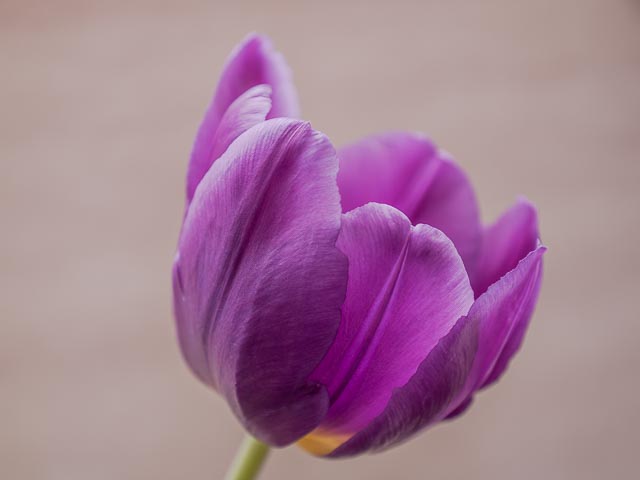
Leica D Vario-Elmarit 14-50mm f/2.8-3.5 (50mm - f/3.5 - 1/15 - ISO100)
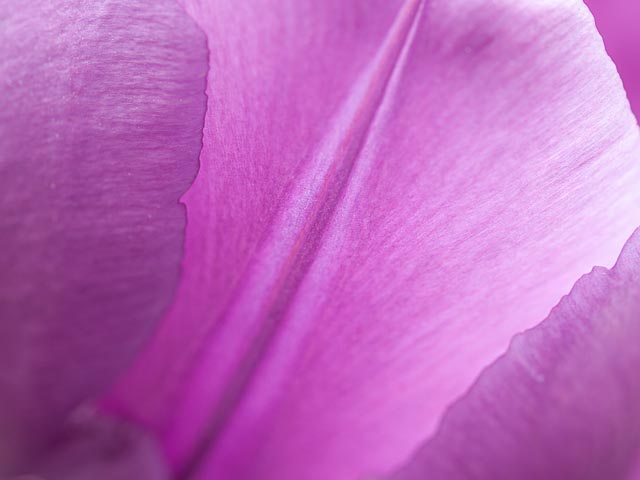
Olympus Zuiko Digital ED 50mm f/2.0 Macro (f/4.5 - 1/2 - ISO100)
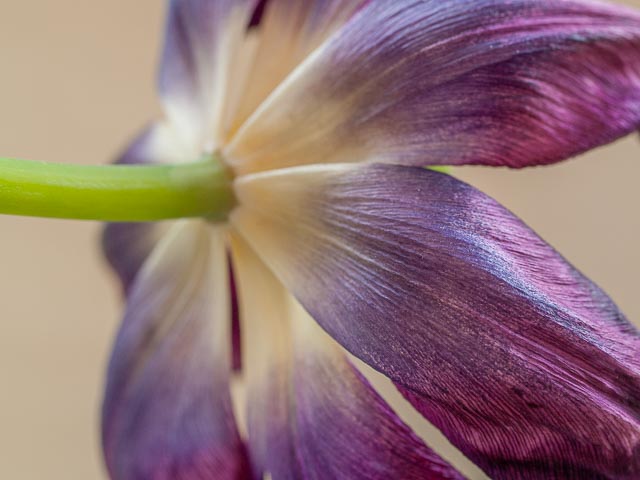
Olympus Zuiko Digital ED 50mm f/2.0 Macro (f/5.6 - 1/5 - ISO100)
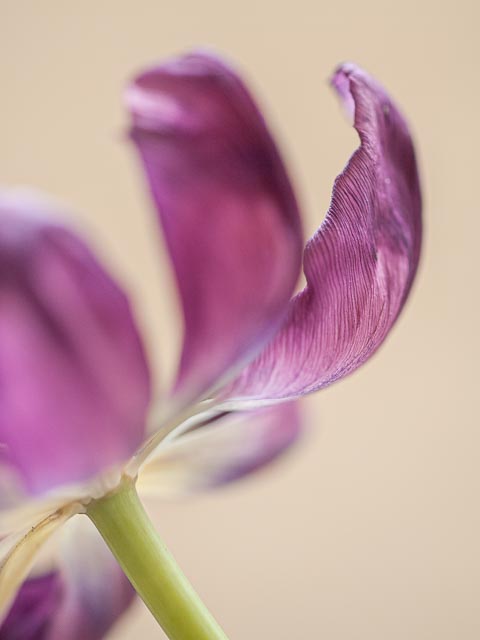
Olympus Zuiko Digital ED 50mm f/2.0 Macro (f/2 - 1/40 - ISO100)

Olympus Zuiko Digital ED 50mm f/2.0 Macro (f/2.8 - 1/20 - ISO100)
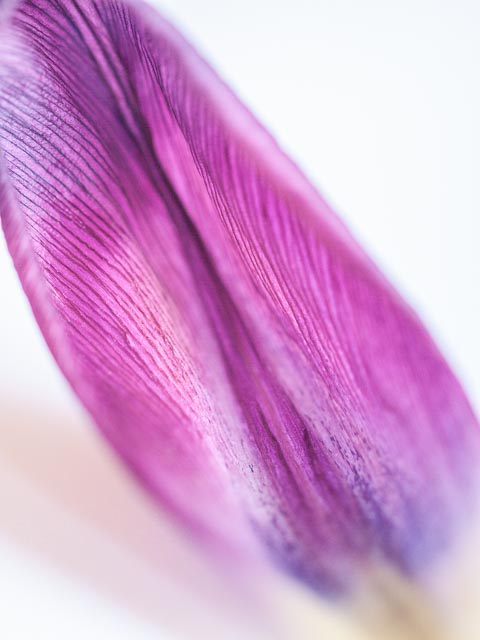
Olympus Zuiko Digital ED 50mm f/2.0 Macro (f/2 - 1/15 - ISO100)
This next set of 8 images were just shot walking around the Leith district of my home city of Edinburgh with the Digilux 3 and the Leica D 14-50mm zoom lens. They were all processed using Silver Efex Pro 2.
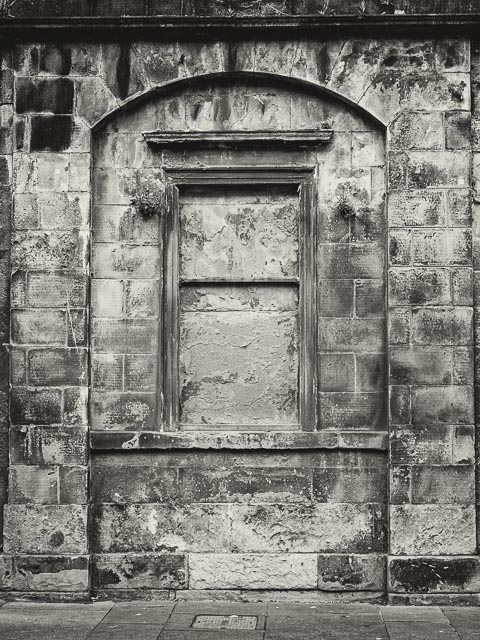
Leica D Vario-Elmarit 14-50mm f/2.8-3.5 (30mm - f/5.6 - 1/100 - ISO100)
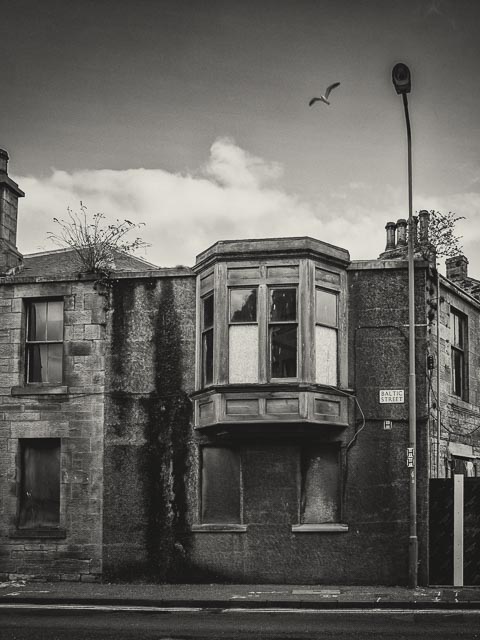
Leica D Vario-Elmarit 14-50mm f/2.8-3.5 (17mm - f/7.1 - 1/160 - ISO100)
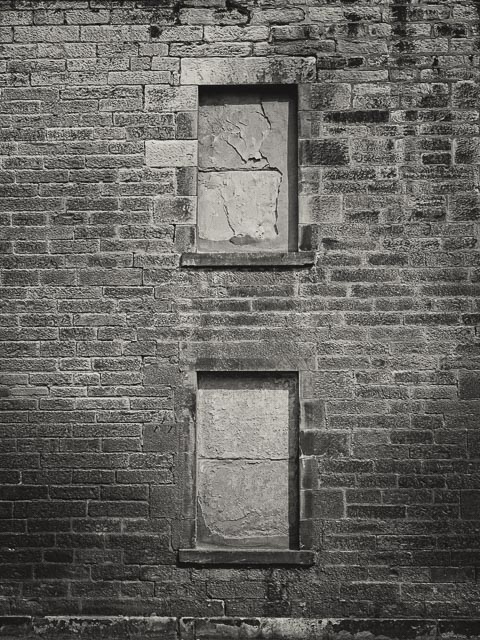
Leica D Vario-Elmarit 14-50mm f/2.8-3.5 (30mm - f/7.1 - 1/160 - ISO100)
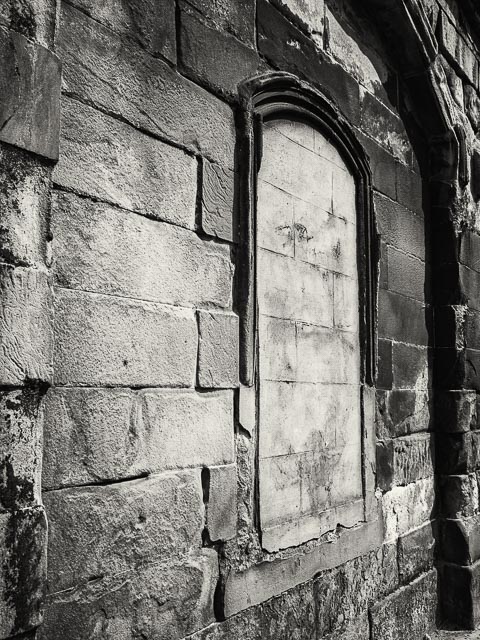
Leica D Vario-Elmarit 14-50mm f/2.8-3.5 (18mm - f/8 - 1/200 - ISO100)
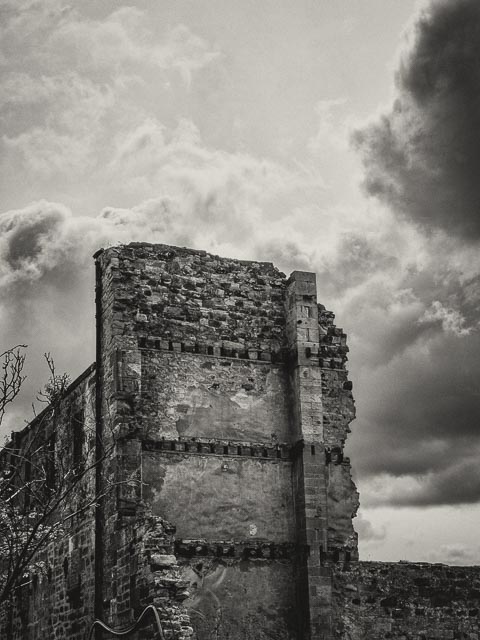
Leica D Vario-Elmarit 14-50mm f/2.8-3.5 (33mm - f/11 - 1/320 - ISO100)
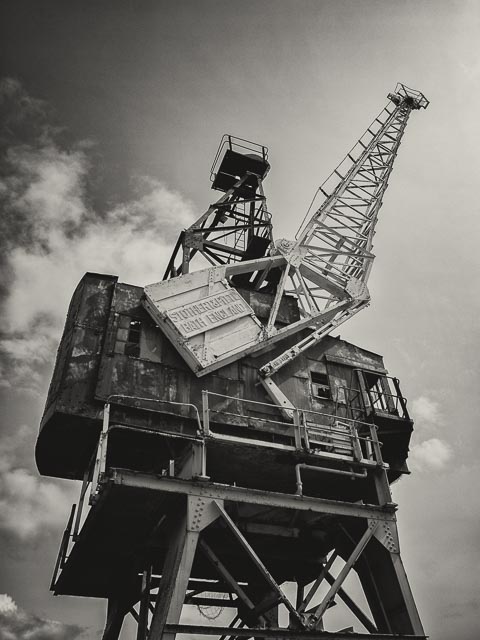
Leica D Vario-Elmarit 14-50mm f/2.8-3.5 (14mm - f/9 - 1/400 - ISO100)
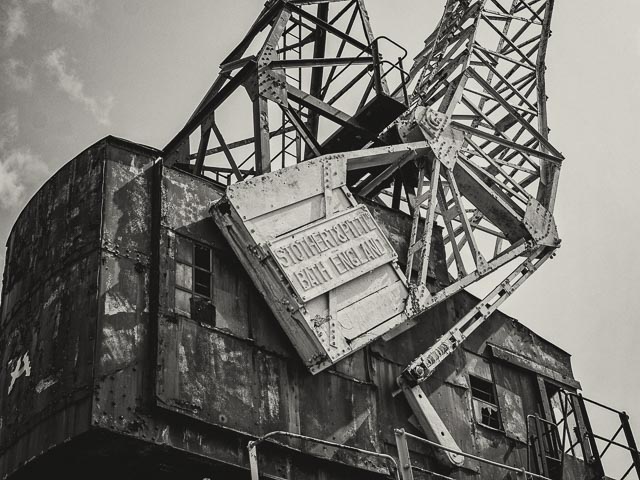
Leica D Vario-Elmarit 14-50mm f/2.8-3.5 (32mm - f/10 - 1/320 - ISO100)

Leica D Vario-Elmarit 14-50mm f/2.8-3.5 (50mm - f/8 - 1/160 - ISO100)
Another set of images shot with the Leica D 14-50mm zoom lens. The one of the derelict window in particular shows just how sharp that lens can be. These images were all lightly processed to taste in Adobe Lightroom.
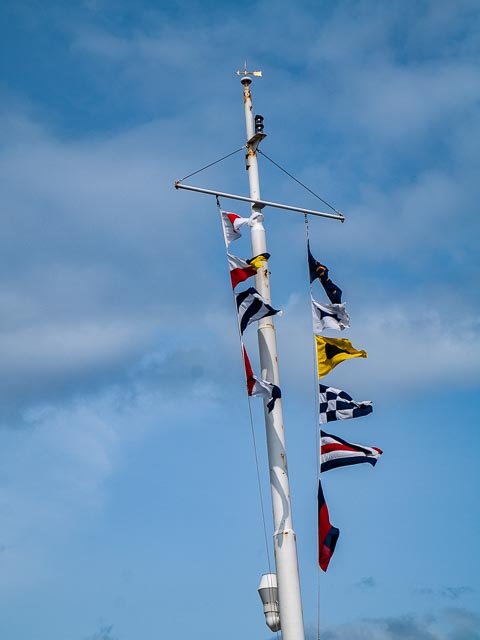
Leica D Vario-Elmarit 14-50mm f/2.8-3.5 (50mm - f/11 - 1/320 - ISO100)
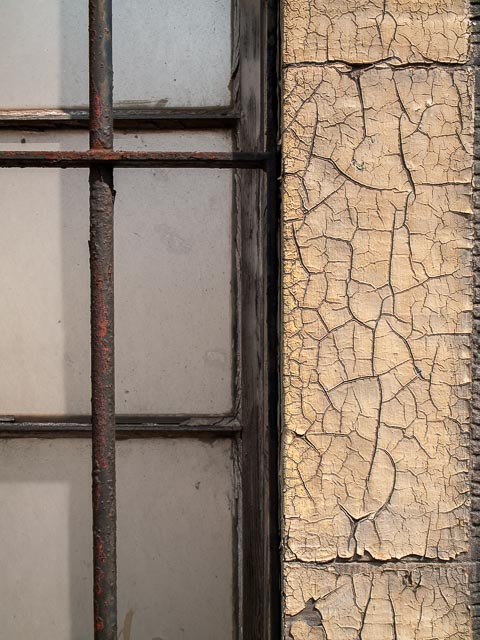
Leica D Vario-Elmarit 14-50mm f/2.8-3.5 (29mm - f/9 - 1/200 - ISO100)
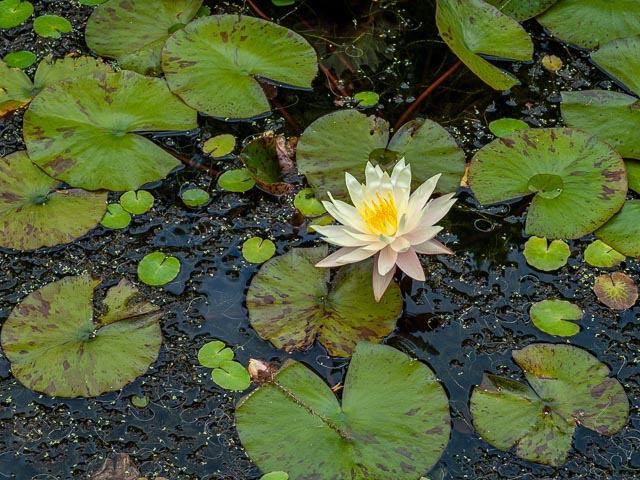
Leica D Vario-Elmarit 14-50mm f/2.8-3.5 (50mm - f/7.1 - 1/125 - ISO100)

Leica D Vario-Elmarit 14-50mm f/2.8-3.5 (17mm - f/7.1 - 1/125 - ISO100)
Here we switch to the Olympus Zuiko Digital 50mm f2 macro lens at RGBE (Royal Botanical Garden Edinburgh). I love the way the combination of this lens and the Digilux 3 has rendered the blue of these Himalayan poppies.

Olympus Zuiko Digital ED 50mm f/2.0 Macro (f/2 - 1/2000 - ISO100)

Olympus Zuiko Digital ED 50mm f/2.0 Macro (f/2 - 1/1000 - ISO100)
Still at the RGBE, we move to some ancient conifer trees in deep shadow. For some reason I just couldn't seem to get the effect I wanted using my normal tool for black and white conversions (Silver Efex Pro 2), so (unusually for me) these black and white conversions were done in Adobe Lightroom. I'm still not completely happy with the result (I really should try upgrading to the latest version of Silver Efex Pro… I'm currently on version 2 but I think they're up to version 5 now!!).
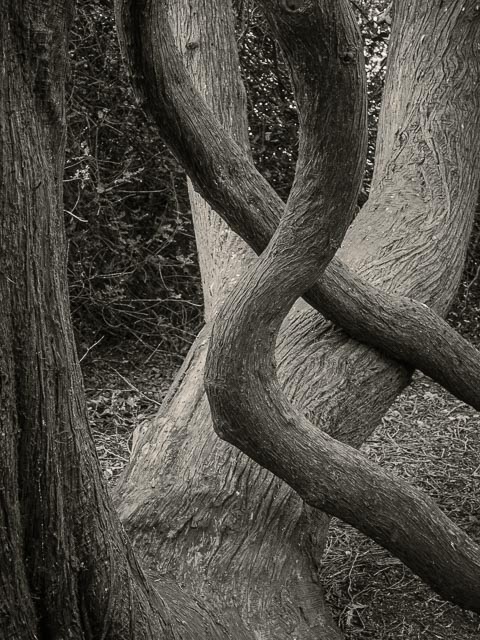
Leica D Vario-Elmarit 14-50mm f/2.8-3.5 (28mm - f/5.6 - 1/5 - ISO400)
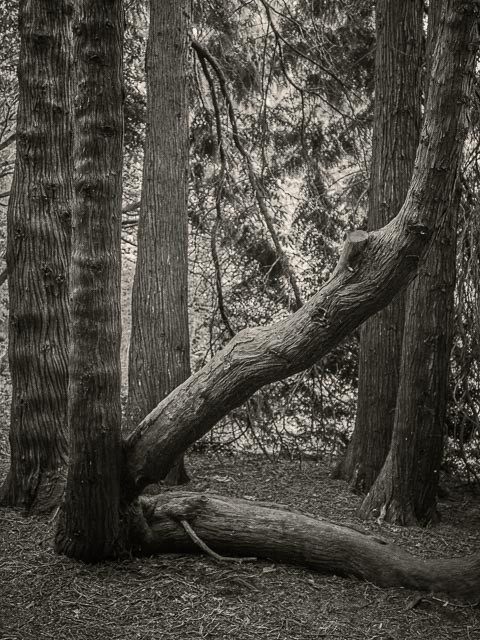
Leica D Vario-Elmarit 14-50mm f/2.8-3.5 (30mm - f/3.5 - 1/30 - ISO320)
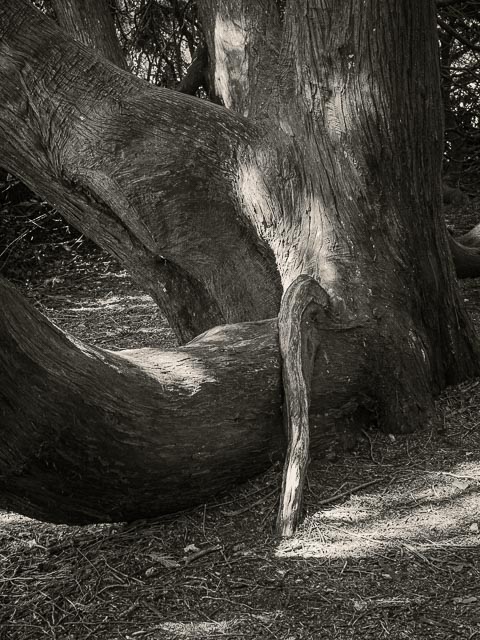
Leica D Vario-Elmarit 14-50mm f/2.8-3.5 (33mm - f/5.6 - 1/40 - ISO400)
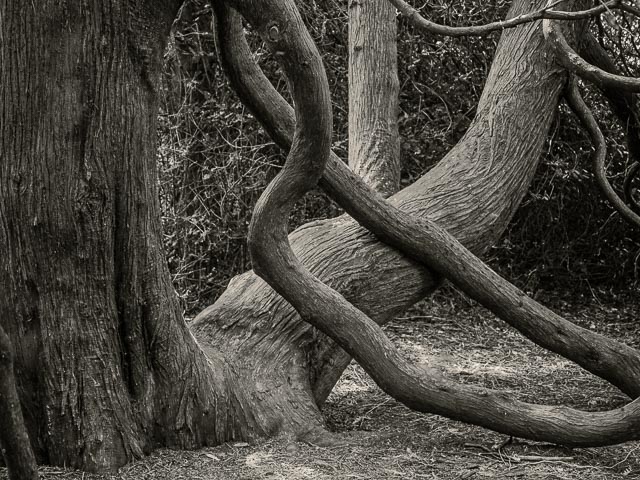
Leica D Vario-Elmarit 14-50mm f/2.8-3.5 (34mm - f/3.3 - 1/25 - ISO400)
And finally, here are some abstract images of trees created using the Digilux 3's multiple exposure facility. Each one of these images consists of 3 shots. I'm back to using Silver Efex Pro 2 for these black and white conversions!
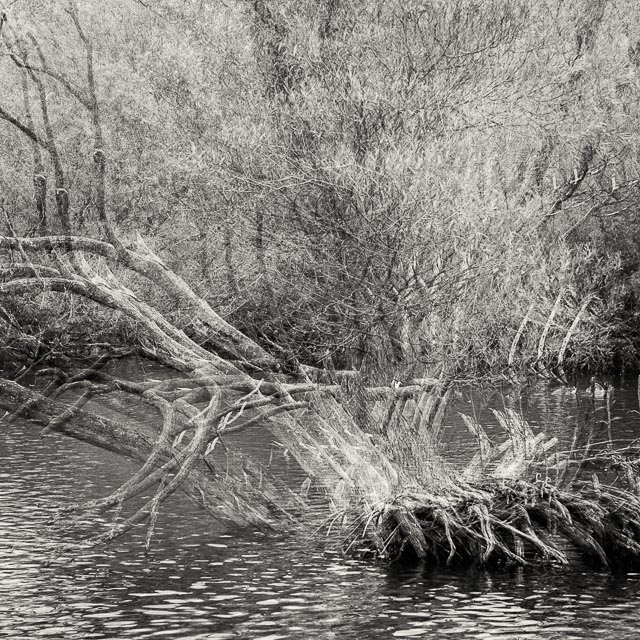
Leica D Vario-Elmarit 14-50mm f/2.8-3.5 (50mm - f/11 - 1/125 - ISO100)
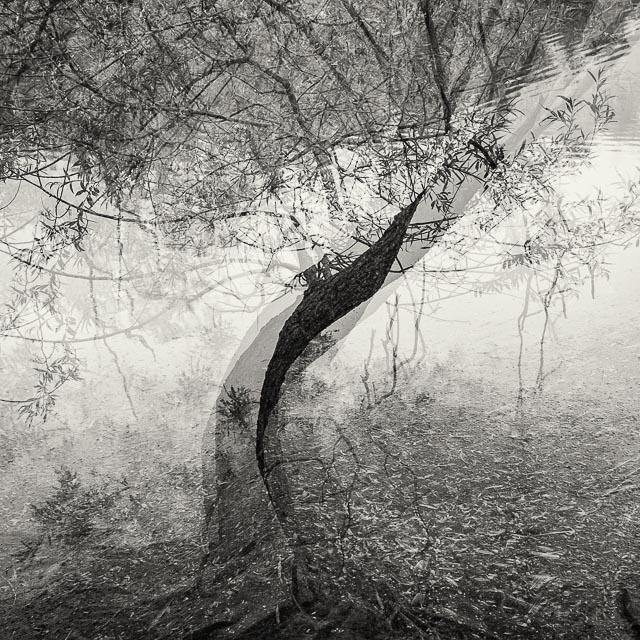
Leica D Vario-Elmarit 14-50mm f/2.8-3.5 (20mm - f/5.6 - 1/100 - ISO100)

Leica D Vario-Elmarit 14-50mm f/2.8-3.5 (50mm - f/11 - 1/160 - ISO100)
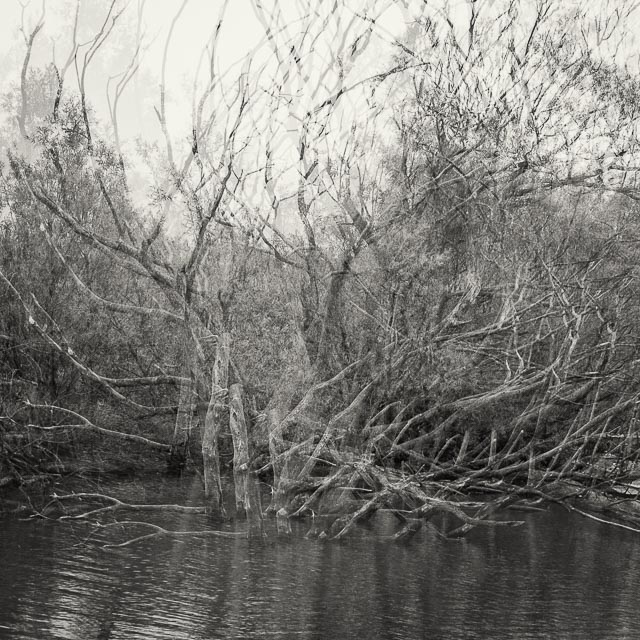
Leica D Vario-Elmarit 14-50mm f/2.8-3.5 (50mm - f/9 - 1/125 - ISO100)
